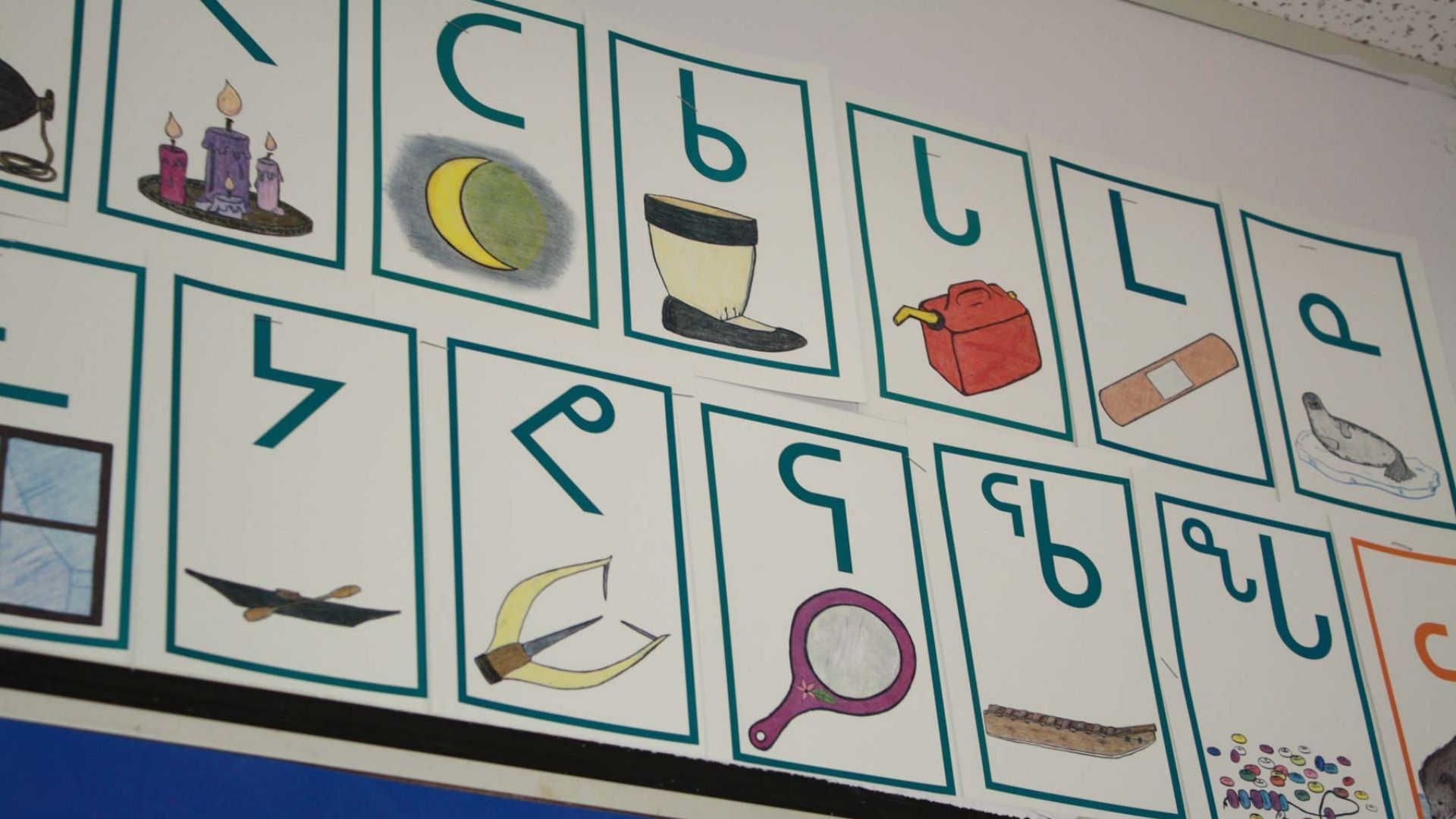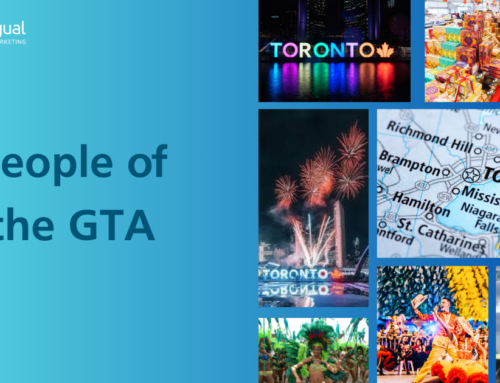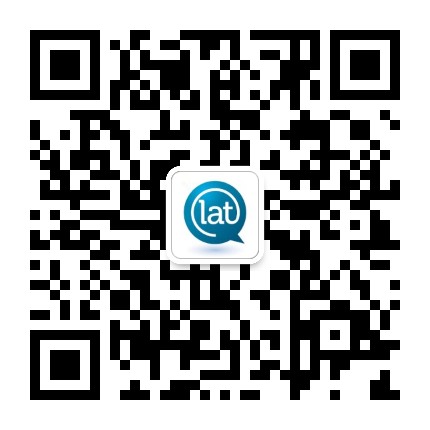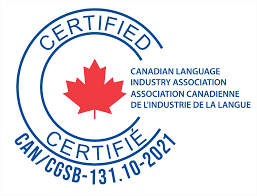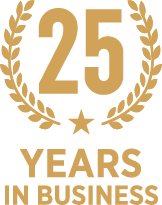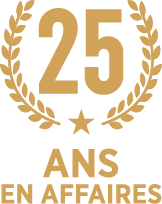While researching for our blog article about Celebrating Canada’s Indigenous Communities, we reached out to various organizations to help with some resources about languages. The information below was provided to us by Inuit Tapiriit Kanatami (ITK) so that we could learn more about Canada’s Inuit languages, in particular.
Three main Inuit Languages
Inuvialuktun, Inuinnaqtun, and Inuktitut are the three main Inuit languages, with 10 main dialect groups in Canada. There are further regional and community dialectal variations too. The blanket term for all of these Inuit languages and dialects is Inuktut.
Here are some further resources:
- Inuit Uqausinginnik Taiguusiliuqtiit is a language authority, created by the Legislative Assembly of Nunavut. Its purpose is to document and share expertise on the Inuit Language and to make decisions about the language on behalf of all Nunavummiut.
- The Unification of the Inuit Language Writing System. A unified writing system will strengthen Inuit unity and culture in Canada, as it is part of Inuit self-determination.
- What is Inuktuk? The simplest answer is that Inuktut is the Inuit language as it is spoken in Arctic communities throughout Canada.
Diversity of Canada’s Inuit population
Inuit culture is quite diverse, as Inuit Nunangat (Inuit homelands) stretch across 35% of Canada’s landmass — from the northern part of the NWT, across Nunavut and Nunavik (northern Quebec), all that way to Nunatsiavut (northern Labrador).
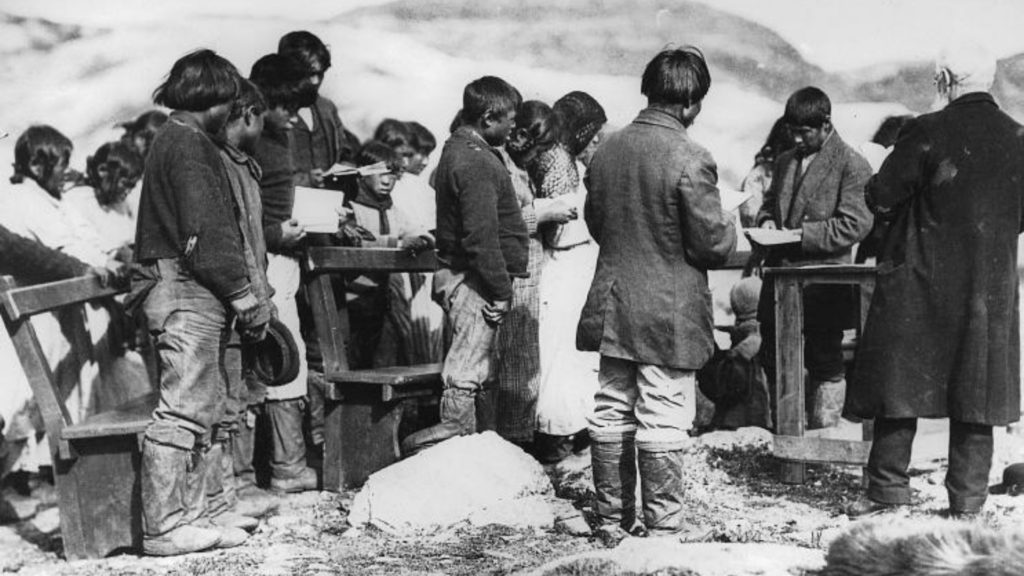
Photo courtesy of:
Inuit Tapiriit Kanatami
Learn more about Inuit Tapiriit Kanatami (ITK)
ITK advocates for Inuit nationally through representation of the four Inuit land claims organizations:
Our team would like to thank ITK for their generosity and assistance in this important research. LAT strongly believes that learning more about different cultures leads to greater empathy and understanding. Do not hesitate to Contact Us if your business would like to know more about our language and cultural adaptation services.
Main article photo courtesy of: Inuit Tapiriit Kanatami

